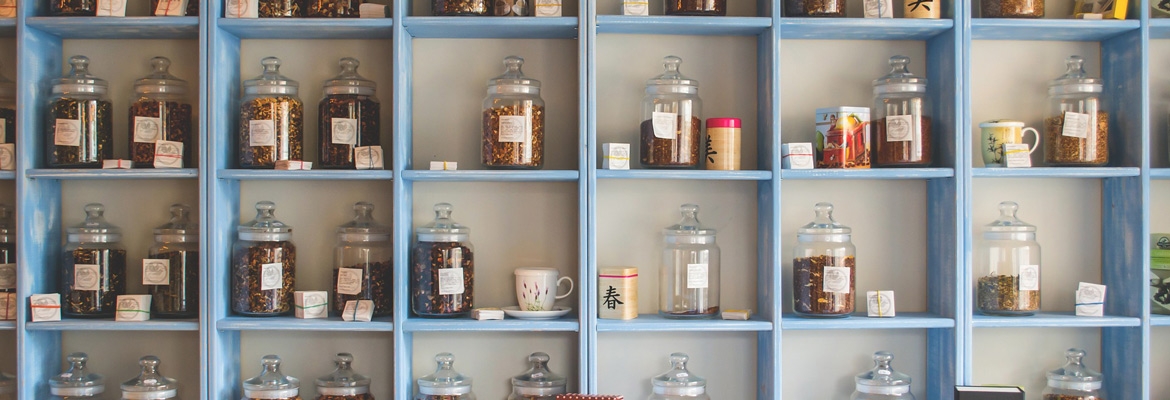“A simple cup of tea is far from a simple matter.”
– Mary Lou Heiss, The Story of Tea: A Cultural History and Drinking Guide
Believe it or not, teas do have an expiry date. Teas are delicate and need to be properly stored so the flavour of every brew is retained. Improper storage can lead to tea losing its aroma and flavour, making it stale and flat. Knowing how long you have left to drink your tea is an important part of the tea experience!
Before understanding storage, it is important to understand how tea deteriorates. When tea leaves are picked, the natural process of oxidation starts. Oxidation continues even after they have been processed. Green, yellow and white teas are processed when the leaves are withered, fixed and dried. Black and oolong tea are subject to oxidation before they are considered fully processed.
The focus when storing tea is about minimising the exposure to oxygen to slow down the continuing oxidation process. Teas that are less oxidized such as green, yellow and white tea deteriorate faster than teas which are more oxidized. Another factor that also affects deterioration is how broken the leaves are. The more broken, the greater the surface area which come into contact with oxygen in the air and hence, the faster the deterioration.
The 5 Golden Rules of Tea Storage
1) Store tea in a dry environment – Dampness and humidity can dramatically reduce the tea’s lifespan, and could even cause mould to form.
2) Store tea away from strong smells – Tea will absorb the aroma of anything stored nearby. While advantageous when processing scented tea, it is a drawback around odours. While it seems intuitive, spice cabinets and pantries are not the best places for storage. It is also important that your storage container should not have a strong smell. Containers made out of wood, containers with strong rubber seals and plastic containers all have odours that tea can absorb. These are not recommended storage material. Air tight containers made out of metal are probably the best.
3) Store tea away from the heat – It’s basic science. Heat accelerates oxidation. Store tea away from direct sunlight (Light is bad for tea too, see below!) and from the stovetop. In addition, heat also encourages moisture to develop within tea, and that can cause mold to grow. There are also recommendations online to store tea, especially the more delicate yellow and green teas, in the freezer. While freezing can slow down oxidation, the freezer is also a hotbed of different odours which can affect tea flavour. Frequent opening and closing of the fridge can also cause moisture to build up, even if you may not see it.
4) Store tea away from light – If there is heat, there is usually light. Light exposure is another way to degrade your tea. While those clear canisters of tea look pretty, that’s all they would be good for as the UV rays in sunlight can bleach your tea. If you feel strongly about keeping tea in clear containers, keep them behind closed doors! Reportedly, light exposure, along with heat exposure, can also cause a metallic taste to your tea.
5) Store tea in airtight jars fully – Remember how we said oxygen is the enemy of tea? It is worth noting that a near-empty airtight container of tea is worse than an airtight container filled with tea – so if you wish to buy tea frequently, stash them in appropriate sized containers or vacuum sealed zipper bags. The more tea there is in the container, the less air (and hence oxygen) there is instead.
Sources
http://lifehacker.com/5697622/the-hackers-guide-to-tea
https://worldoftea.org/how-to-store-tea/
https://food52.com/blog/14766-yes-your-tea-has-a-shelf-life-how-to-extend-it
http://www.seriouseats.com/2015/01/tea-for-everyone.html
https://teforia.com/blog/tea-storage/

